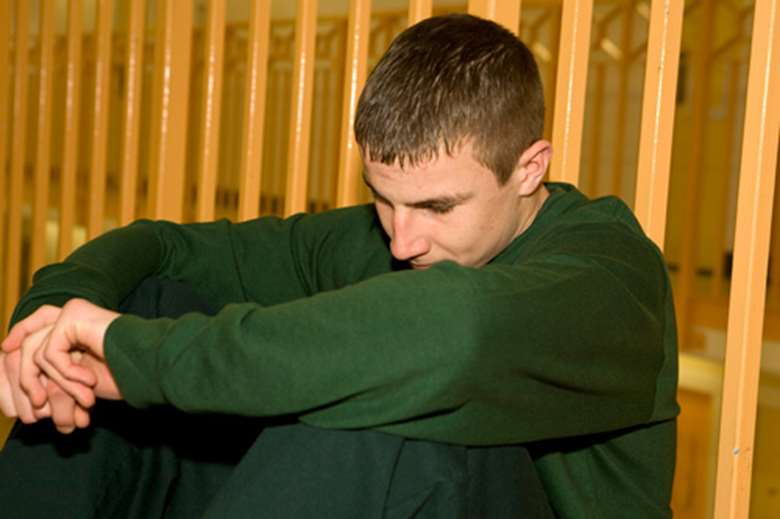Study reveals brain injury link with youth offending
Neil Puffett
Friday, October 19, 2012
Hundreds of children are being drawn into youth custody because of failures to identify or provide support for brain injuries and neurological conditions, a report by the Children's Commissioner for England has found.

The study found that rates of traumatic brain injury run as high as 76 per cent in youth custody compared to up to 24 per cent in the general population.
It highlights that although the symptoms of brain injuries are often not spotted, they can make young people more likely to offend due to factors such as hyperactivity, impulsivity, communication difficulties and feelings of alienation.
The report also found that between 60 and 90 per cent of young offenders have speech and language difficulties, and one in 10 may have an autistic spectrum disorder.
The report makes a series of recommendations including a call for assessments in schools, so that young people with brain injuries can be identified as soon as behavioural issues are identified.
In addition, it recommends that all staff in education, family intervention projects, social services and primary health care settings should be provided with the training and support needed to understand issues relating to neurodisability, and refer children to relevant specialist services.
It also calls on the Youth Justice Board, Department of Health and local youth justice agencies to ensure that young people with neurodevelopmental disorders are diverted out of the youth justice system.
Children’s commissioner Maggie Atkinson said the report raises “serious questions” about whether significant numbers of children in the youth justice system have the ability to understand the whole process from arrest through to sentencing.
“Our failure to identify neurodevelopmental disorders and put in place measures to prevent young people with such conditions from offending is a tragedy,” she said.
“It affects the victims of their crimes, the children themselves, their families, the services seeking to change offenders’ lives for the better, and wider society.”
The report has been published on the same day as a separate study on brain injuries and offending by the Transition to Adulthood Alliance (T2A), which makes similar recommendations in relation to early intervention and identification.
Huw Williams, who authored the T2A report, said it is rare that brain injury is considered by criminal justice professionals when assessing the needs of an offender.
“The young brain, being a work in progress, is prone to ‘risk taking’ and so is more vulnerable to getting injured in the first place, and to suffer subtle to more severe problems in attention, concentration and managing one’s mood and behaviour,” he added.
“Brain injury has been shown to be a condition that may increase the risk of offending, and it is also a strong ‘marker’ for other key factors that indicate risk for offending.”




